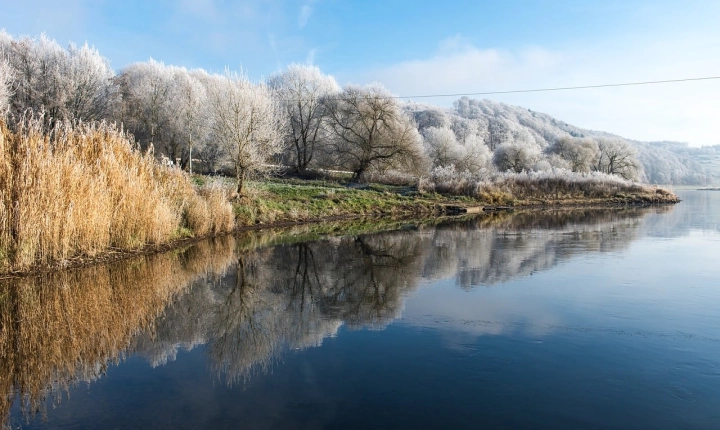Generative AI, also known as artificial intelligence, has been making waves in the creative industry. This technology has the ability to write articles, compose music, and even create visual art, leaving creative professionals wondering if their livelihoods are at risk. The debate over whether generative AI is really a threat to creative professionals is a complex and evolving one, and it is crucial to understand the potential impact that this technology may have on the creative industry.
On one hand, generative AI has the potential to revolutionize the way creative professionals work. For instance, AI-powered tools can assist writers and content creators by automating tasks such as generating ideas, summarizing information, and even drafting initial content. This can help creative professionals focus on more high-level creative work, ultimately enhancing their productivity and efficiency.
Additionally, generative AI has the capacity to democratize creativity, making creative tools and resources more accessible to a wider audience. For example, individuals without formal training in design or music composition can use AI to create digital art or compose music, thereby broadening the pool of creators and diversifying the range of creative content produced. This can lead to a more vibrant and inclusive creative community.
However, there are concerns that generative AI may pose a threat to the job security and creative autonomy of professionals in the industry. One of the main worries is that AI-generated content may undermine the value of original, human-created work. As AI becomes more sophisticated, there is a fear that it could produce content that is indistinguishable from that of human creators, potentially devaluing the work of professional writers, musicians, and artists.
Furthermore, there are ethical considerations surrounding the use of generative AI in the creative industry. Who owns the content created by AI? How should royalties and intellectual property rights be assigned? These questions remain largely unanswered and can have significant implications for the livelihoods of creative professionals.
It is important to note that generative AI is a tool and, like any tool, its impact depends on how it is used. Rather than seeing AI as a threat, there is an opportunity for creative professionals to harness its potential to augment their creative process. By collaborating with AI, creative professionals can explore new possibilities, push the boundaries of creativity, and develop innovative content that combines the best of human and AI intelligence.
Ultimately, the impact of generative AI on creative professionals is likely to be a mixed bag. While there are legitimate concerns about the potential threats it poses, there are also opportunities for collaboration and growth. The creative industry is resilient and adaptive, and by embracing generative AI as a tool, creative professionals can navigate the changing landscape and continue to thrive in the digital age.
